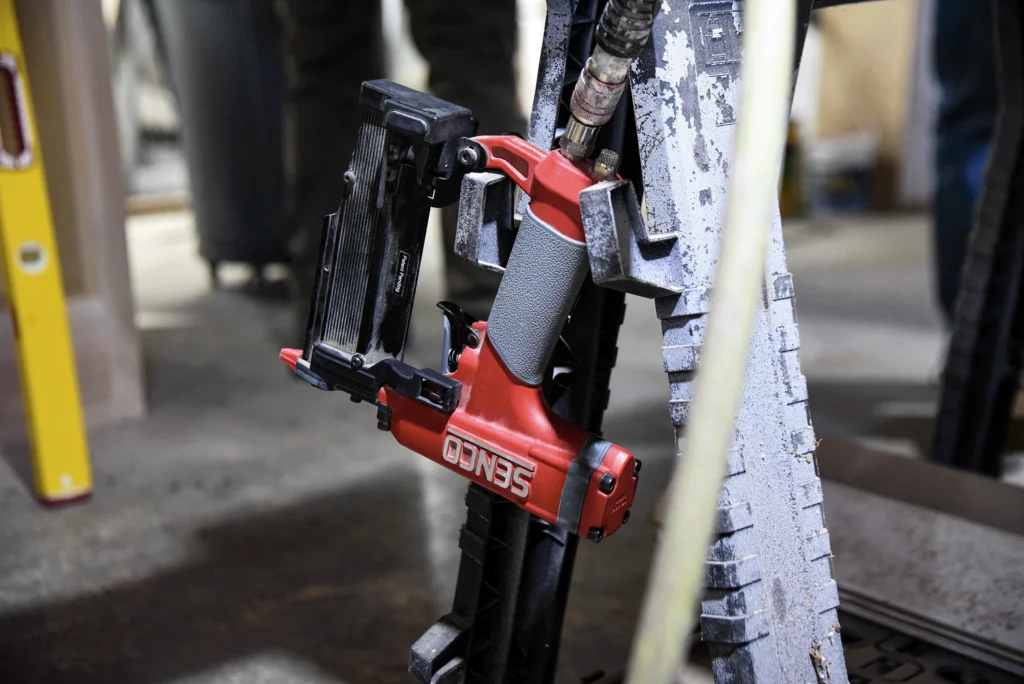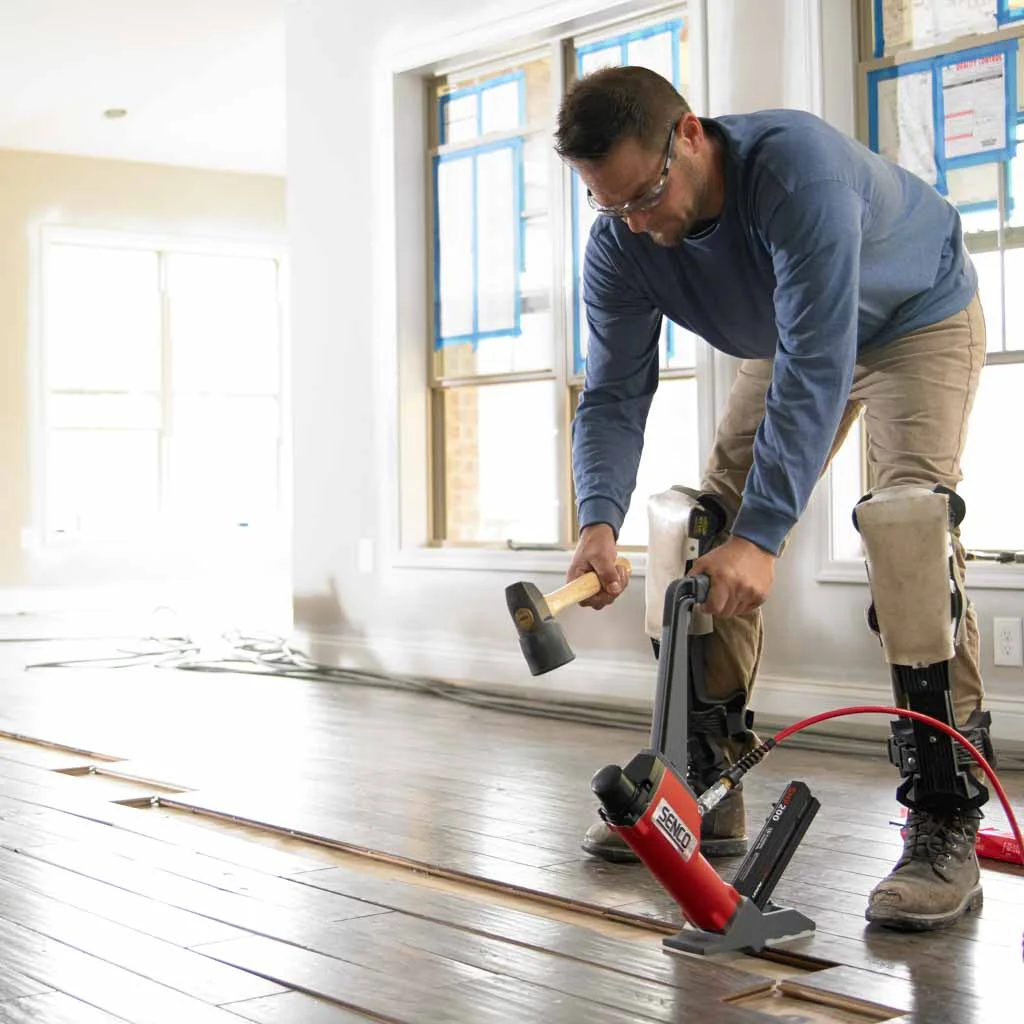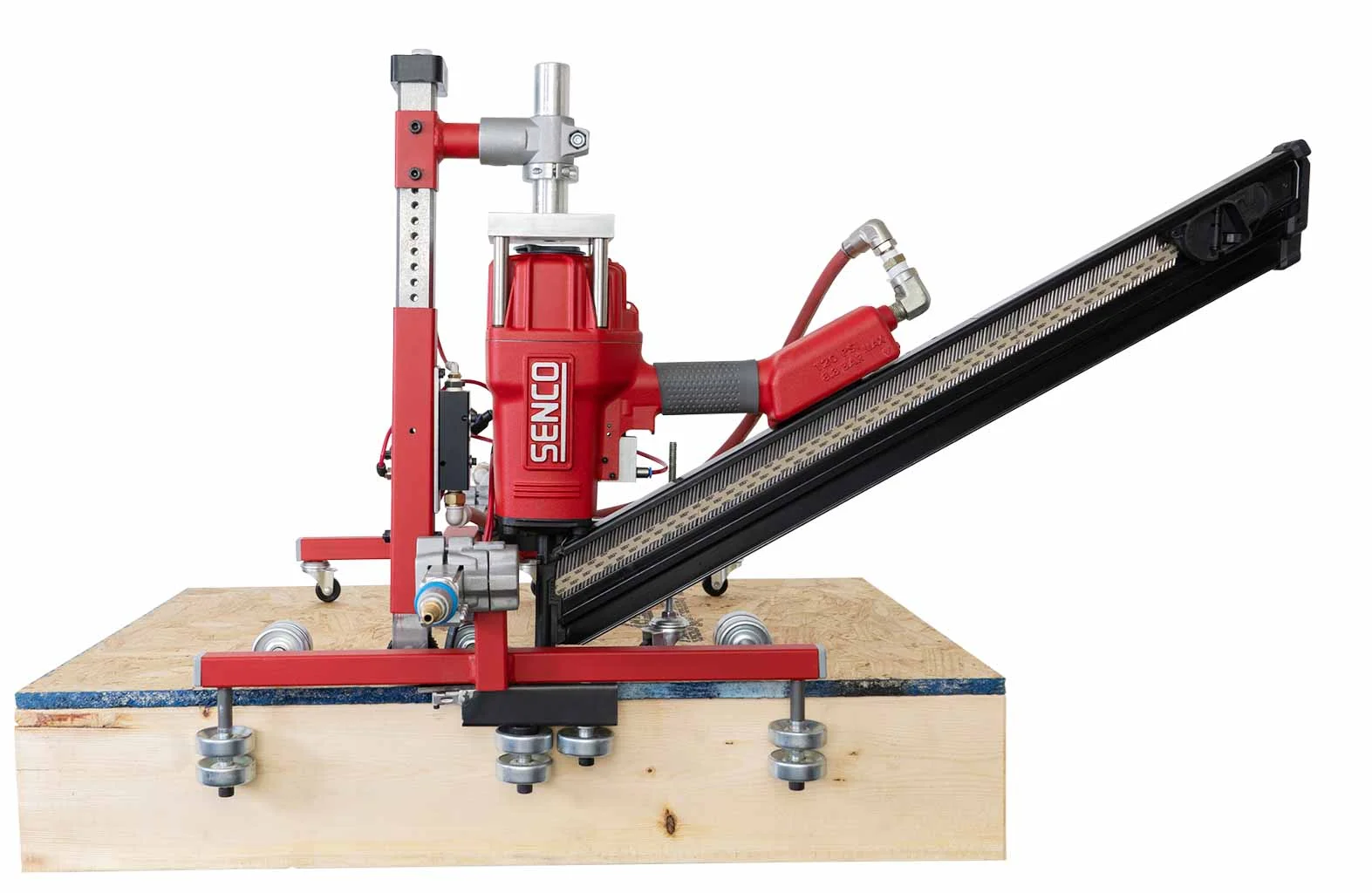Winterizing Pneumatic Tools: A Professional Contractor’s Guide

As winter’s chill approaches, professional contractors face a new set of challenges when it comes to their tools and equipment. Pneumatic tools are essential to many construction and renovation projects, but cold weather can wreak havoc on their performance and longevity. To ensure your pneumatic tools stay in peak condition throughout the winter months, it’s crucial to winterize them properly. In this post, we’ll guide you through the steps to winterize your pneumatic tools and maintain them in optimal working condition.
Why Winterize Pneumatic Tools?
Winterizing your pneumatic tools is a smart investment in their longevity and performance. Cold temperatures can affect these tools in several ways:
- Moisture and Freezing: Cold weather can cause moisture to accumulate in your tools’ air lines and components. If this moisture freezes, it can lead to air blockages and damage.
- Oil Viscosity: The oil used in pneumatic tools can become thicker in cold weather, impacting the tool’s efficiency. This can cause premature wear and tear on the internal components.
- Rubber Components: Rubber seals, hoses, and gaskets may become brittle in freezing temperatures, increasing the risk of leaks and ruptures.
- Rust and Corrosion: Exposure to moisture and harsh winter conditions can lead to rust and corrosion on the exterior and internal components of your pneumatic tools.
Steps to Winterize Pneumatic Tools
- Clean Your Tools First: Before winterizing, clean your pneumatic tools thoroughly. Remove dirt, dust, and debris that can damage the components or affect their performance.
- Drain Moisture from the Air Compressor: Ensure your air compressor is free of excess moisture. Moisture traps and automatic drain systems can help with this. If you don’t have these in place, manually drain the compressor’s tank to prevent moisture from entering your tools.
- Check and Change the Oil: Cold weather can make pneumatic tool oil thicker and less effective. Check the manufacturer’s recommendations for the appropriate oil viscosity and consider changing to a winter-grade oil if necessary. Always use high-quality, compatible oil.
- Lubricate Moving Parts: Proper lubrication is crucial for the smooth operation of pneumatic tools. Apply a light, winter-appropriate lubricant to moving parts such as triggers and handles. Be sure to follow the manufacturer’s guidelines for lubrication.
- Protect Rubber Components: Inspect rubber seals, hoses, and gaskets for signs of wear and damage. If you find any issues, replace them before winter sets in. To prevent rubber components from becoming brittle in cold temperatures, consider applying a silicone-based rubber protectant.
- Store in a Heated Environment: Whenever possible, store your pneumatic tools in a heated or insulated area. Cold temperatures can affect performance and longevity, so protecting them from extreme cold is a key step in winterizing.
- Insulate Air Lines: To prevent moisture from condensing in your pneumatic tools’ air lines, consider insulating them with foam pipe insulation or heat tape. This will help maintain the air’s temperature and reduce the risk of freezing.
- Use Air Dryers: If you’re working in extremely cold conditions, consider using air dryers in your air compressor system. These devices help remove excess moisture from the compressed air before it reaches your tools.
- Regular Maintenance: Throughout the winter, continue to perform regular maintenance on your pneumatic tools. Check for signs of moisture buildup, oil viscosity issues, and any other performance concerns. This proactive approach will help you catch problems before they become major issues.
- Safety First: Always prioritize safety when working with pneumatic tools, especially during winter months. Wear appropriate cold-weather gear, gloves, and ensure your work area is well-lit and free from ice or snow.
Winterizing pneumatic tools is an essential part of routine maintenance during the cold season. By taking these proactive steps, you’ll extend the life of your tools, reduce downtime, and ensure that they perform optimally even in challenging winter conditions.

